The hidden cost of the war that has consequences for us all.
Others are reading now
The hidden cost of war: how the Ukraine conflict is fuelling climate damage
War meets warming: climate change’s hidden cost
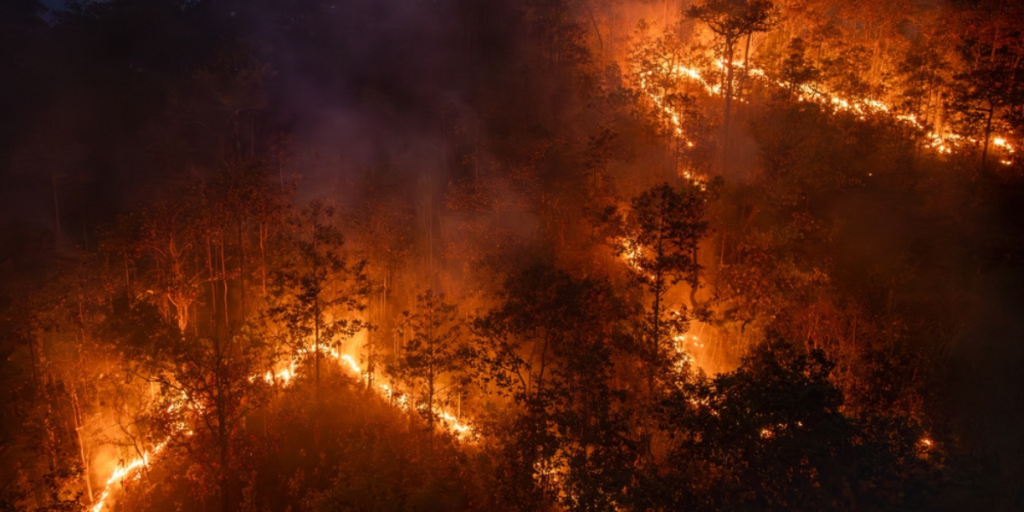
The climate crisis and modern warfare are colliding in devastating new ways. From scorched forests to broken energy systems, the environmental fallout of war is becoming impossible to ignore.
Over three years into the war, scientists are warning of another consequence: surging emissions — and with them, a growing climate toll.
The Ukraine war’s unexpected climate impact
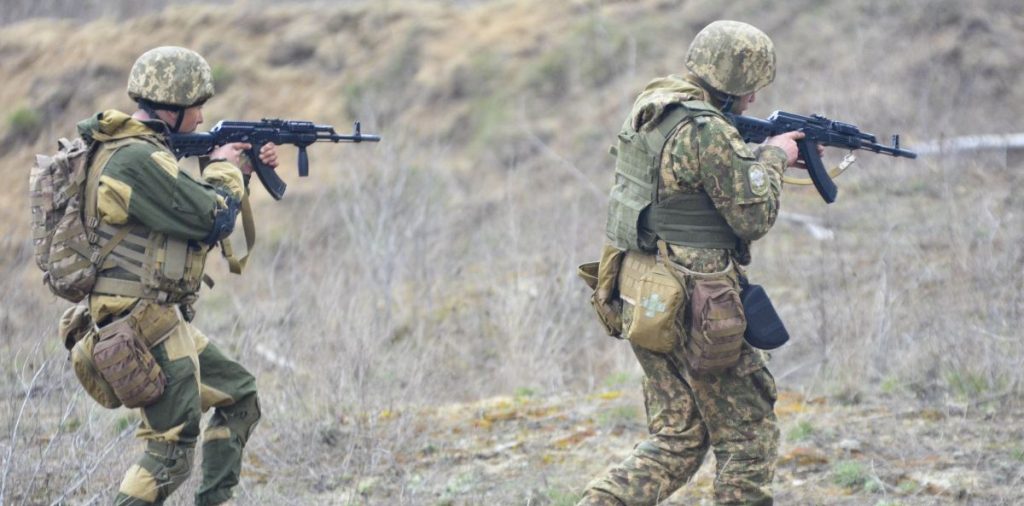
Russia’s invasion of Ukraine has brought tragedy, destruction, and displacement — but it’s also accelerating environmental collapse.
In the past year alone, CO₂ emissions linked to the conflict have risen by 31%, reaching the equivalent of 230 million tons of CO₂ — roughly equal to six years of emissions for all of Denmark, or the annual output of 120 million petrol cars, according to a new report from the Initiative on GHGs of War.
Also read
Forests on fire along the front
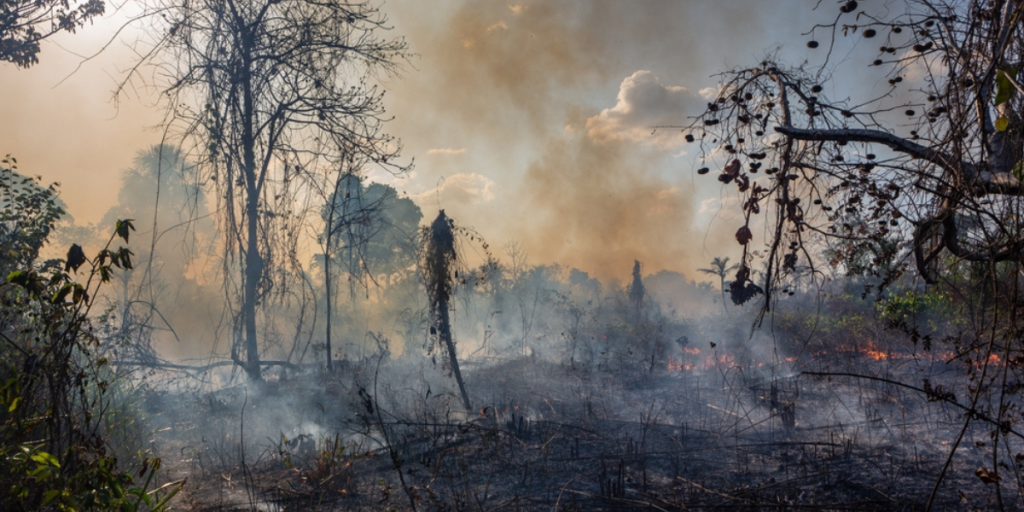
Wildfires in conflict zones have become a major source of emissions. In 2024, over 92,000 hectares of land burned in Ukraine — double the area seen in previous years.
Dry vegetation, a lack of firefighting resources, and the danger of active combat zones allowed many of these fires to grow out of control, releasing around 26 million tons of CO₂ according to Danish newspaper DR.
Why these fires are different
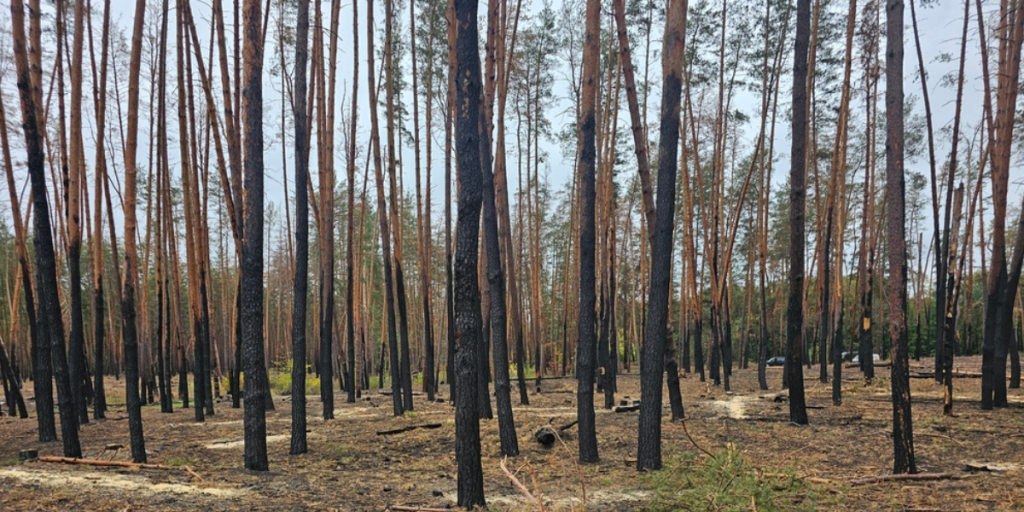
These aren’t ordinary wildfires. They’re fueled by war — sparked by artillery, worsened by explosives, and spread through areas too dangerous for firefighting crews.’
In regions like Donetsk, forests have turned to ash while firefighters face life-threatening risks just trying to respond. The climate cost of these fires is measured not just in trees lost, but in decades of stored carbon released in days.
Also read
Fuel, fire and sabotage
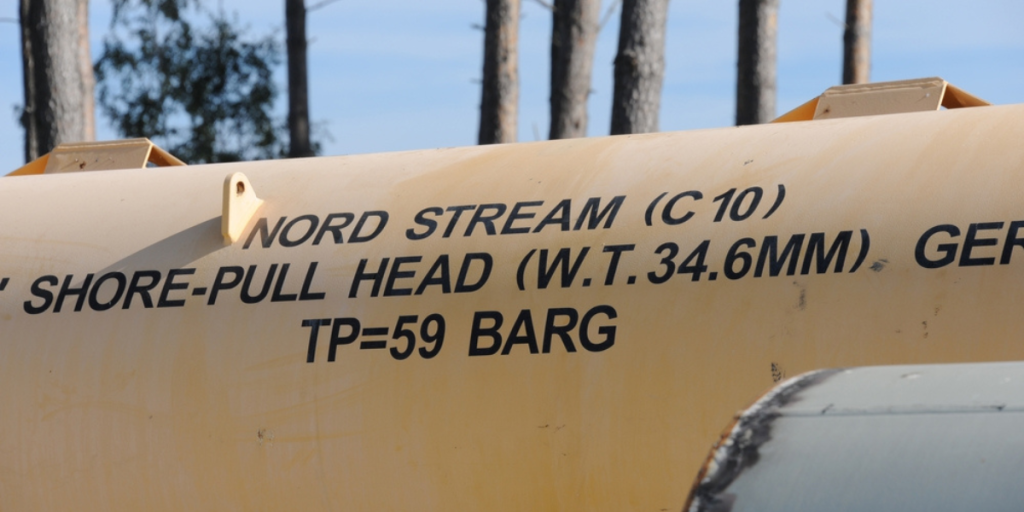
The war’s emissions come from more than just burning forests. The biggest single source so far? The sabotage of the Nord Stream pipelines, which released massive amounts of methane — one of the most potent greenhouse gases.
Add to that the fuel used by tanks, planes, and generators, and the war’s carbon footprint becomes enormous.
What about rebuilding?
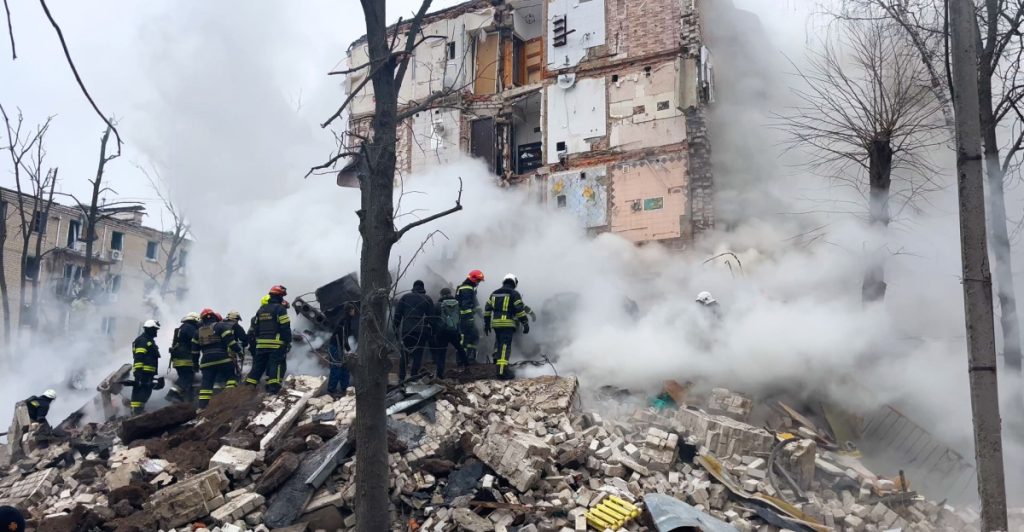
The report also looks ahead. When the war eventually ends, rebuilding Ukraine will come with a climate cost of its own.
Reconstructing cities, roads, and power plants will require huge amounts of energy and materials — likely pushing emissions even higher for years to come unless green recovery strategies are put in place.
A price tag for carbon

So what’s the cost of all this? According to the Initiative on GHG Accounting of War, using a CO₂ price of 1,322 Danish kroner per ton (approximately 205.68 United States dollars), the total climate cost of the war’s emissions was estimated at over 300 billion kroner (about 46.68 billion United States dollars) as of February 24.
Also read
That’s a staggering figure — and one that’s rarely considered in peace talks or international aid plans.
Should emissions be part of peace negotiations?
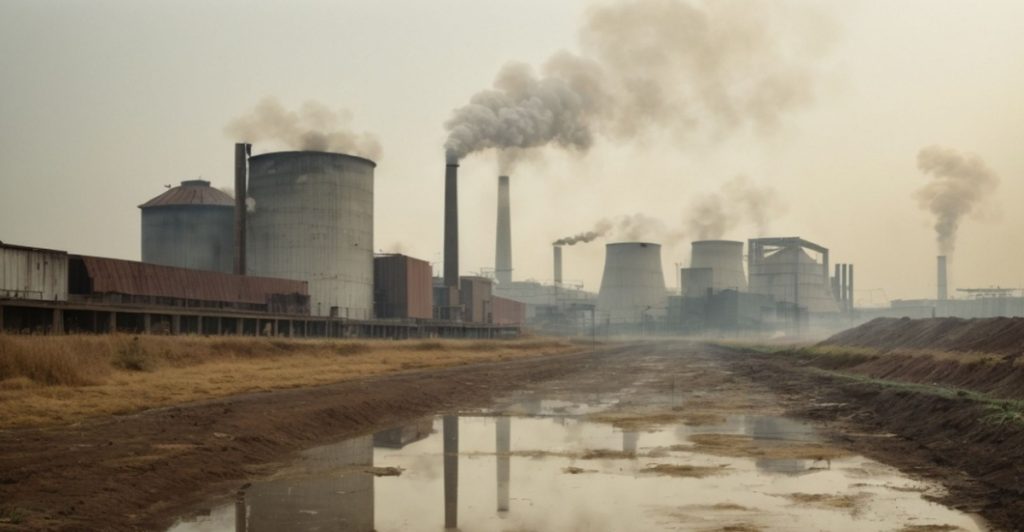
With peace talks reportedly underway, climate scientists argue that war-related emissions must be brought to the table.
Lennard de Klerk, lead author of the report, says according to DR: “2024 was the year climate and conflict met. Russia started this war, and they should bear the cost of the emissions.”
His call: make climate damage part of post-war accountability.
Fighting fires during a war
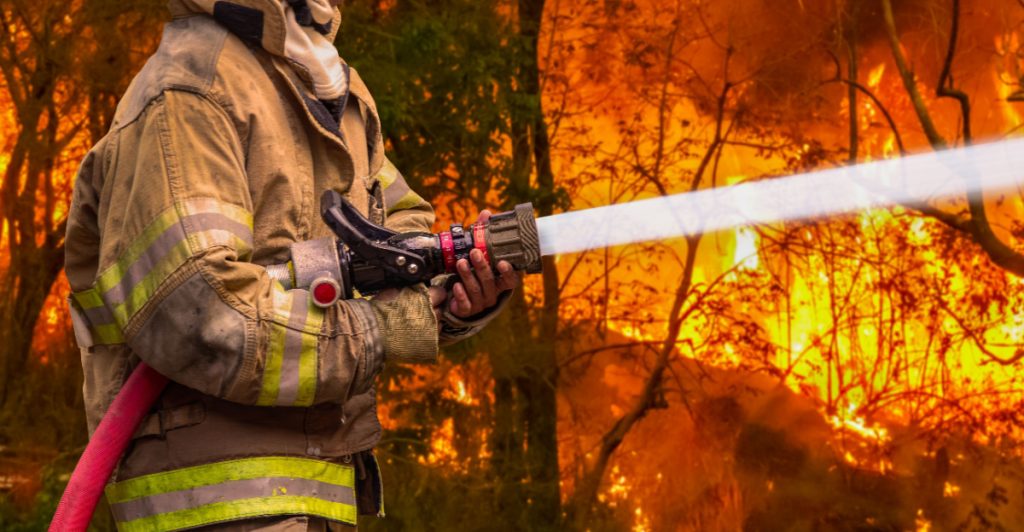
One of the report’s most sobering findings is how hard it is to fight wildfires during an active war. Fire crews are understaffed, under-resourced, and often in danger themselves.
Also read
That’s why many fires in 2024 according to DR burned unchecked. Without immediate international support, these emissions will only continue to rise.
What can we do?
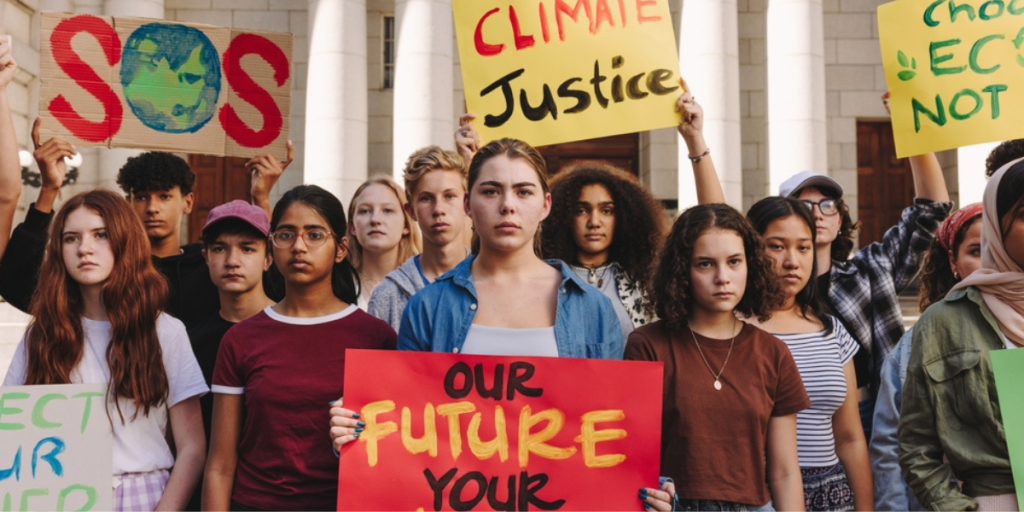
While most of us can’t stop a war, we can demand better. Supporting climate-conscious recovery, holding aggressors accountable for environmental damage, and funding emissions tracking in conflict zones are steps toward justice.
The climate doesn’t pause for war — and neither should our response to its damage.


